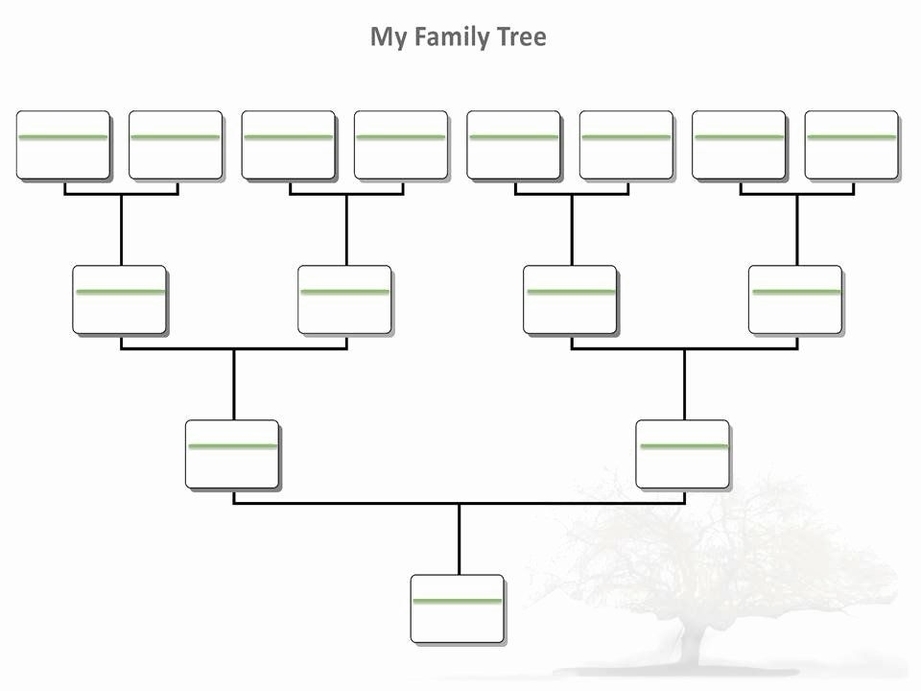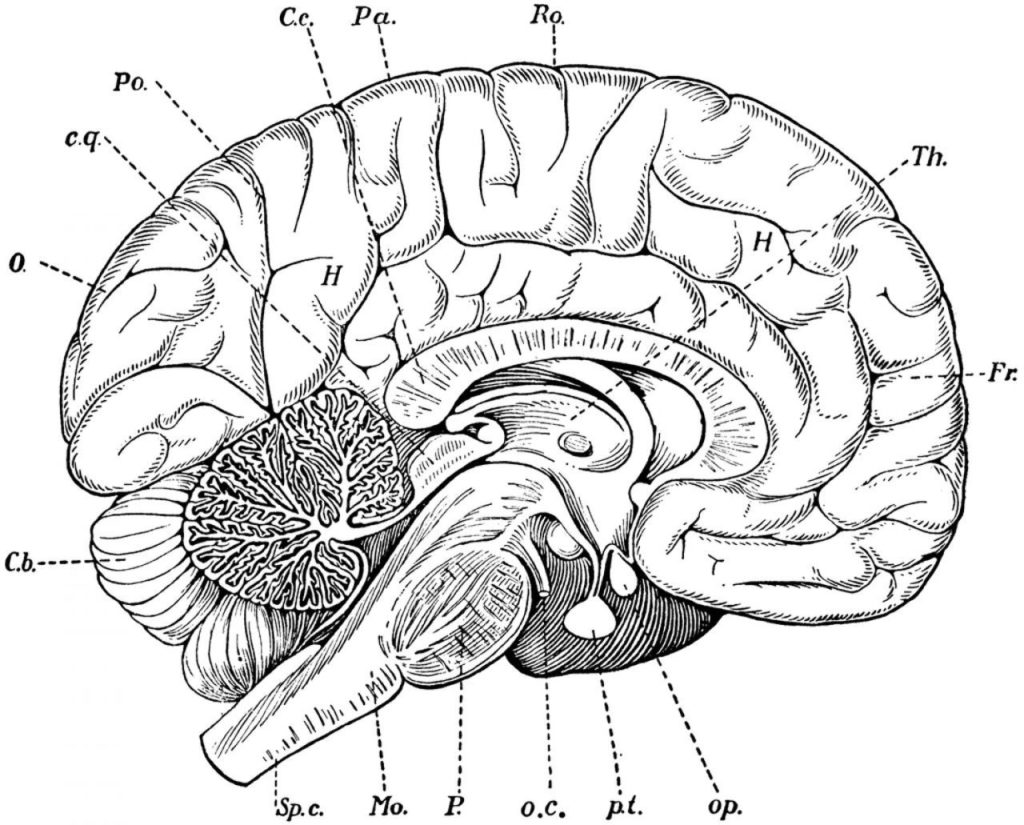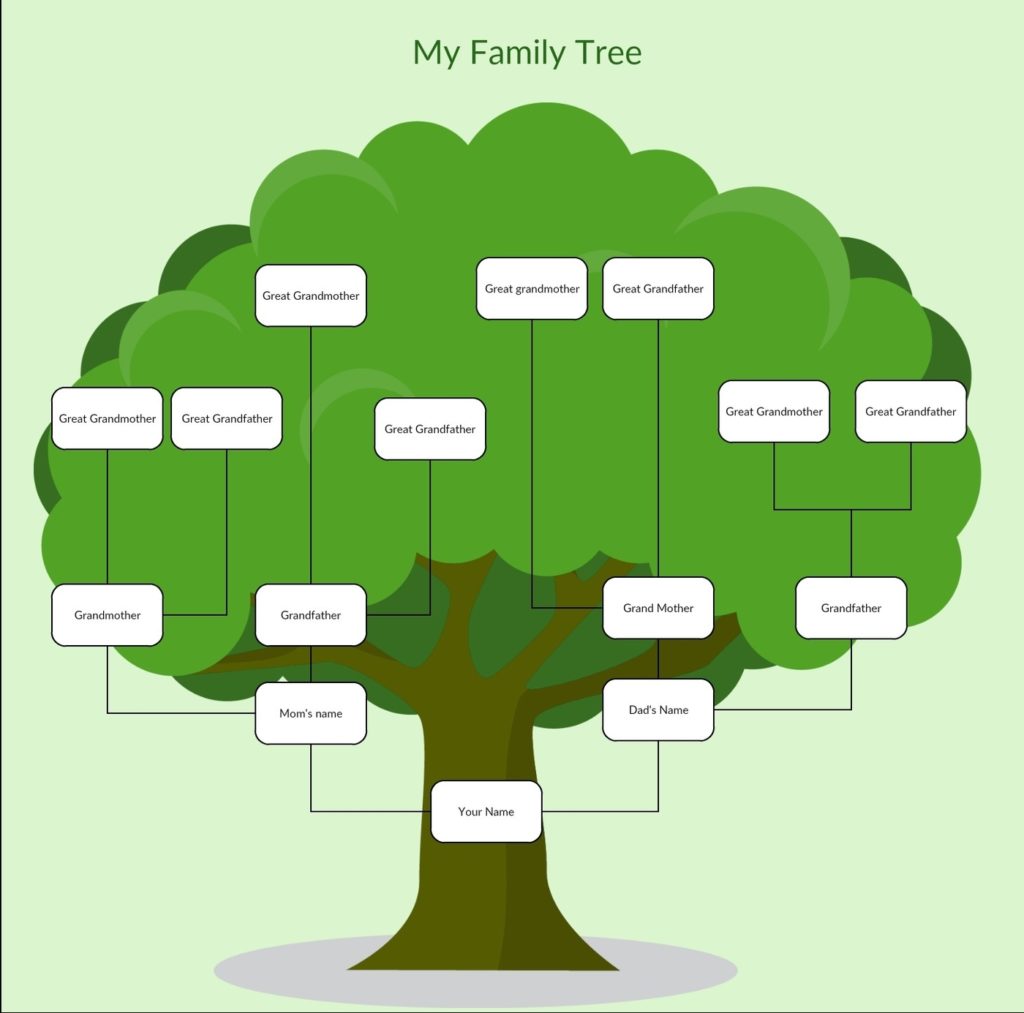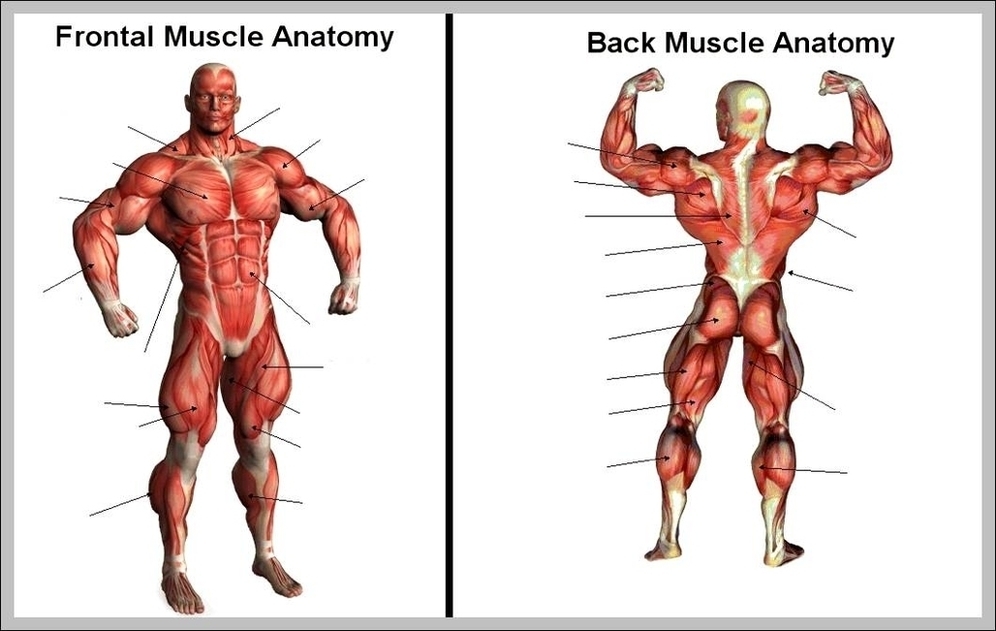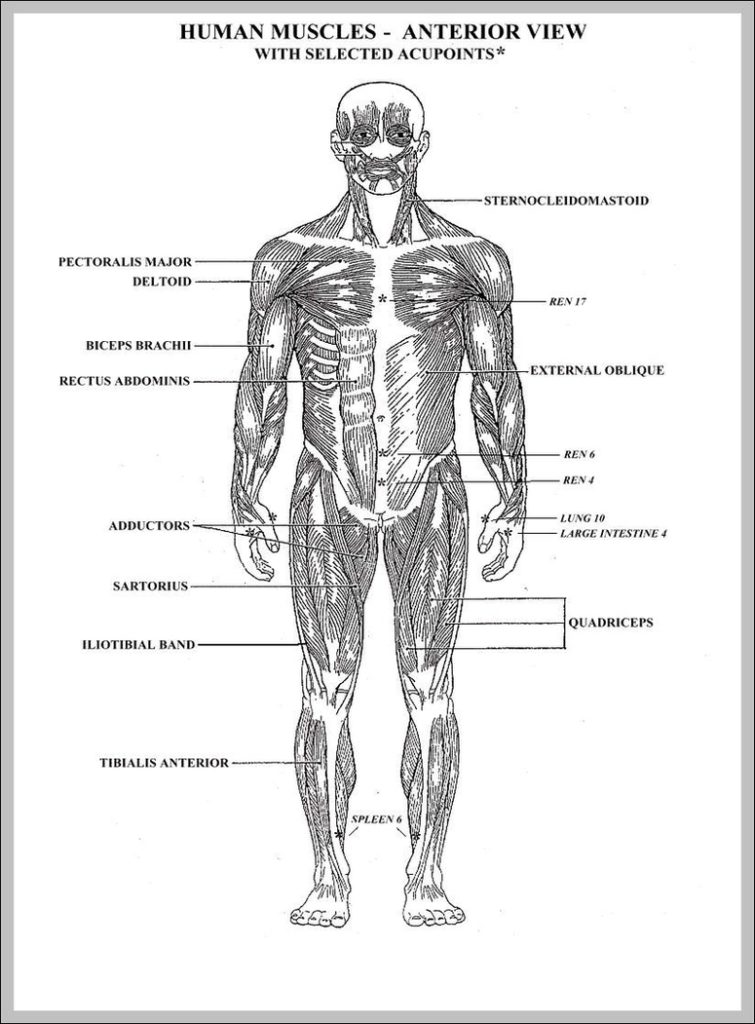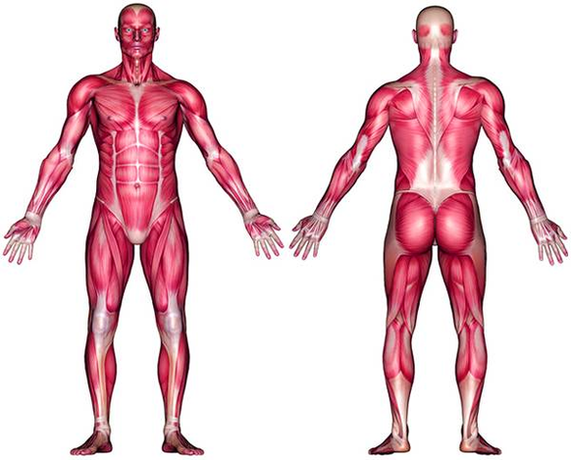Posted inDiagrams
Printable Blank Family Tree Template
A Printable Blank Family Tree Template is a graphical representation of family relationships. It's a tool used in genealogy to visually document one's lineage, tracing relationships across several generations. These…

